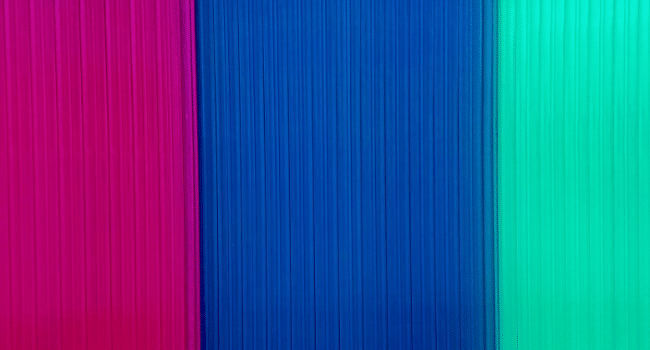Table of Contents
What is Polycarbonate? Polycarbonate is a strong, lightweight material that is commonly used in a variety of industries, including construction and manufacturing. It is often used as an alternative to glass because it is shatter-resistant and has excellent optical properties. Polycarbonate also has superior heat resistance and can withstand high temperatures without deforming.
One of the most popular uses for polycarbonate is in greenhouses. Greenhouses by commercial greenhouse manufacturers are used to grow plants and protect them from the elements. They typically have walls and roofs made of glass or clear plastic, which allows sunlight to enter and helps to keep the interior warm.
What Are The Benefits of Using Polycarbonate In Greenhouses?
To start with, as Simply Plastics explains, polycarbonate is extremely durable and can withstand high impact. This makes it ideal for greenhouses as it can protect against bad weather conditions and strong winds. It is also UV-resistant, meaning that it won’t fade or discolour over time.
Another benefit of polycarbonate is that it is a very good insulator. This means that it can help to keep the greenhouse warm in winter and cool in summer, making it more energy efficient. It is also lightweight and easy to work with, which makes it ideal for construction purposes.
Overall, there are several reasons why polycarbonate could be better for greenhouses than other materials. It is strong and durable, meaning that it can withstand the elements without breaking. It is also transparent, so light can pass through it easily, helping plants to grow. And finally, polycarbonate is thermally insulated, meaning that it helps to keep the temperature inside the greenhouse stable. This makes it an ideal material for use in greenhouses.
Are There Any Drawbacks To Using Polycarbonate In Greenhouses?
There are a few potential drawbacks to using polycarbonate in greenhouses. One is that polycarbonate can be more expensive than other materials, such as glass or PVC. Another is that polycarbonate is not as transparent as glass, so it can reduce the amount of light that enters the greenhouse.
Finally, polycarbonate is not as durable as glass and can be damaged by hail or high winds. Overall, though, polycarbonate is an excellent material for greenhouses and has many benefits that outweigh any potential drawbacks.
What Is The Difference Between Polycarbonate And Other Materials?
Polycarbonate is a type of plastic that is known for its durability. It is often used in bulletproof glass and has a variety of other uses. Unlike other materials, polycarbonate is virtually unbreakable. It is also clear, which makes it ideal for greenhouse glazing.
Another advantage of polycarbonate is that it transmits more light than glass. This means that plants will receive more sunlight, which is essential for their growth. In addition, polycarbonate retains heat better than glass, so the greenhouse will be warmer during cold weather.
Finally, polycarbonate is easier to work with than other materials. It can be cut and drilled easily and does not require special tools or training to install.
In conclusion, there are many benefits to using polycarbonate in greenhouses. It is durable, UV-resistant, a good insulator, and easy to work with. This makes it an ideal material for constructing greenhouses.
Read more on KulFiy
